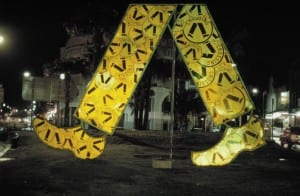My chosen way of animation for my project is Rotoscoping. An animation stand called a Rotoscope was used to project a sequence of action frames against a surface so that a set of animation frames could be traced or created, this is where the original name came from. Now, rotoscoping is used more digitally on computers. “More frequently Rotoscoping can be used as a technique for combining (compositing) cartoon figures with realistic settings in television commercials and is also “used for special effects in feature-length films, these are it’s main uses.
My interest in film animation derived from my passion for film. Editing is particular practice I also enjoy and wanting to create fantastic visuals for an audience is what film thrives upon. The use of Digital Media has allowed me to use rotoscoping within a filmed project. I have decided to use rotoscoping as I feel the type of animation has a lot of character to it, I love it that each frame could be different, yet the original image still pulls through clearly despite being redesigned in each frame. I want to design my images with inspiration from my previous blog post research (dizzee rascal etc). When first looking into the history of Rotoscoping I found these two pieces to show the artistic excellence of rotoscoping, this includes: Richard Linklater’s Waking Life and Max Fleischer’s 1920 The Chinaman.
“The fundamental duties of a rotoscope artist are to trace over live-action movements on film, to create more realistic and fluid animation.”


